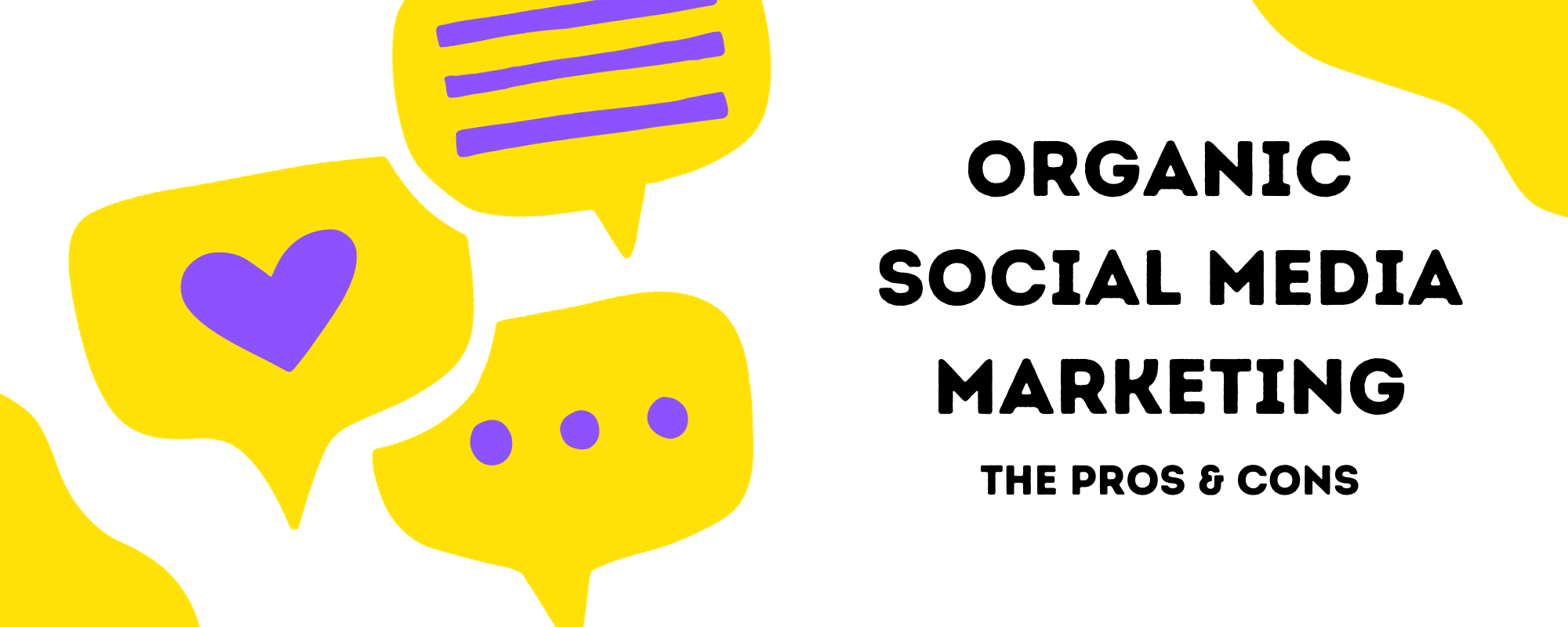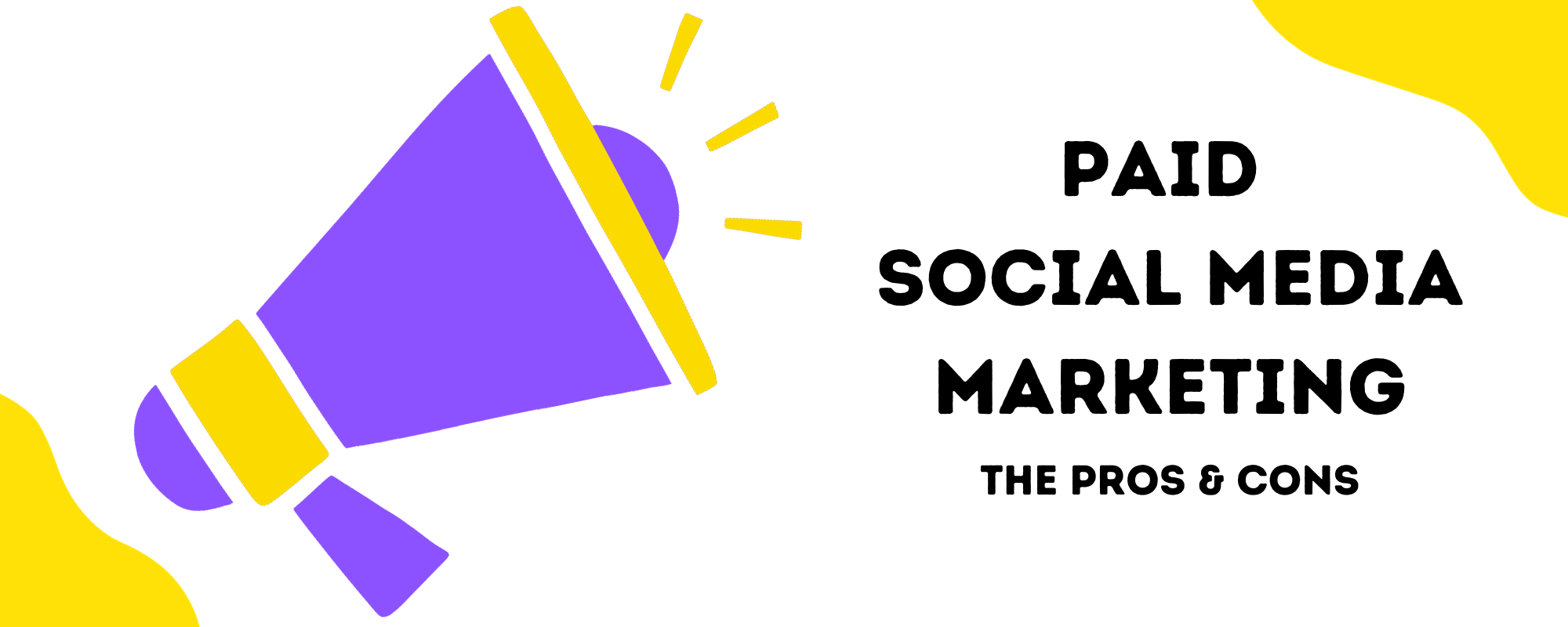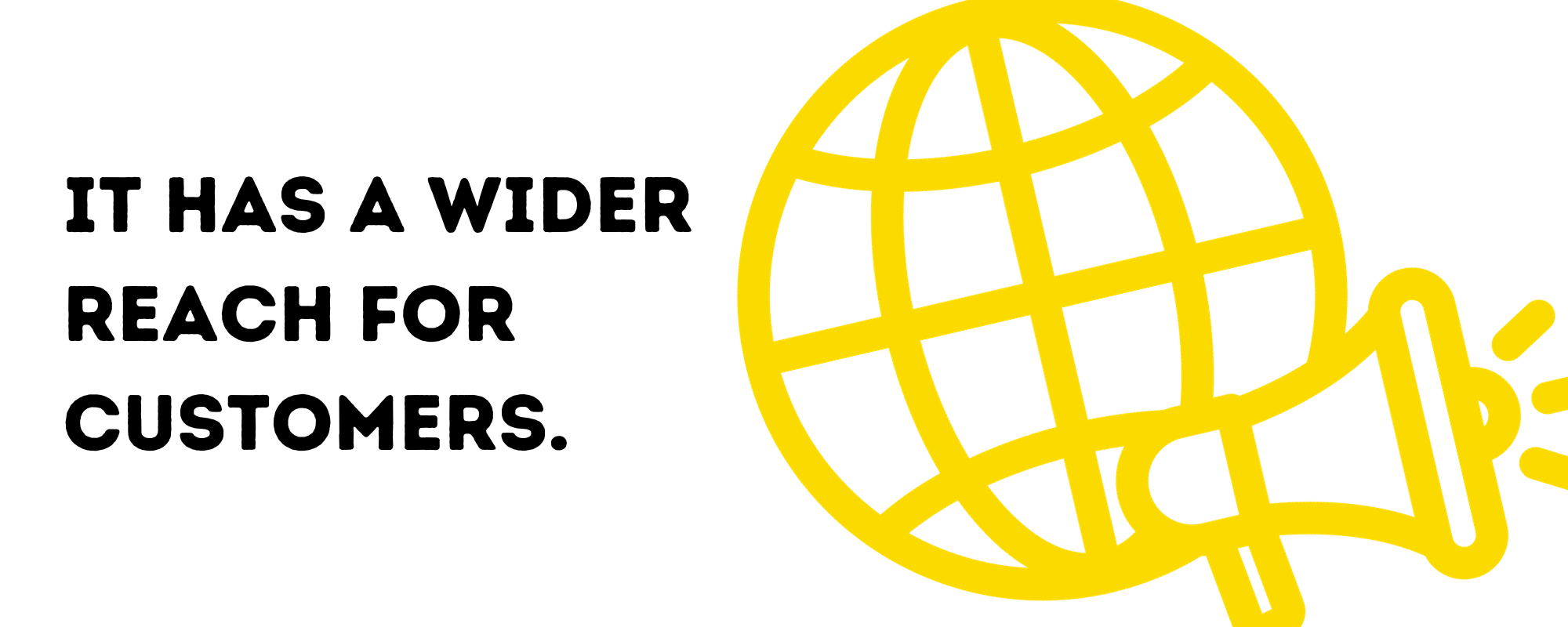
Balancing Organic and Paid Strategy: Achieve the Best Results
CATEGORIES
Tags
24/7 analytics australia automation Business Process Outsourcing company Copywriting CRM customer support data data and analytics Delegate digital digital advertising digital marketing Digital Support Staff ecommerce Email Management Email Marketing Entrepreneur Freelance Writers google ads graphic design Hiring Freelancers Marketing offshore offshoring ominchannel support organizer outsource Outsourcing Philippines Project management reporting seo seo audit Shopify Small Business social media Social media experts social media management United States video Virtual Assistant Virtual Team
Companies combine organic and paid strategies to reach their target audiences, employing either one or the other as time and circumstances demand, or as resources allow.
Knowing which approach to take and reconciling it with your brand’s objectives will help provide insights on how to produce the best results when it comes to digital marketing. After all, the goal is to foster brand awareness and stay ahead of the competition.
Organic VS Paid Social Media Marketing: What’s the Difference?
Organic Social Media Marketing
Organic social media marketing is the use of free social media platforms to connect with your audience. Organic social media involves content like posts, photos, video, memes, and Stories that get consumed and passed around by all kinds of users on their feeds.
Some organic social media marketing tactics include:
- Creating and sharing high-quality blog posts, articles, and infographics
- Posting engaging photos and videos
- Running social media contests and giveaways
- Responding to comments and questions from followers
Paid Social Media Marketing
As its name suggests, paid social media marketing is when a brand pays a certain social media platform, such as Facebook, Instagram, X, and LinkedIn, to have their content show up on their target audience’s feeds. This approach makes use of promoted posts, ads, campaigns that seek to increase followers, and more.
The Pros and Cons
Organic Social Media Marketing: Pros
It’s free! Many social media platforms are free to use, but that doesn’t mean it won’t cost you anything at all—it will still cost you time. There’s the time it takes to prepare the content, post it, engage with your users, and the time it will take to see any returns.
Still, it’s a lot cheaper financially compared to its paid counterpart. This is great for companies who do not have an in-house social media team, or companies who are a bit tight on their budget.
Builds an authentic reputation of your brand: Authenticity is what defines a trustworthy reputation. Organic social media marketing comes off as less formal, less sales-y, and therefore more relatable. It is precisely because the content is less polished that it now becomes authentic in the eyes of your users.
Grows a loyal following: Organic social marketing is all about producing and sharing content that resonates with your target audience. When users relate to your content, it encourages interaction. Engaging with these interactions builds a more personal and human connection with your audience, leading to brand loyalty.
Lets you engage directly with consumers: One of the primary advantages of organic social media marketing is its ability to allow brands to engage in two-way communication with their audience. It’s now less about just broadcasting your message and more about listening to their concerns and actively participating in conversations with them.
Being on social media means you can answer your customers’ questions, respond to or share feedback, and resolve concerns in real time. This builds trust in your brand and significantly improves how your users view it.
Delivers longer-lasting results: Organic social media marketing is more sustainable than paid social media marketing, as it’s rooted in your brand continually providing value to your audience and fostering their trust in you.
While paid campaigns can deliver quick spikes in traffic or engagement, ultimately, it lasts about as long as the campaigns do. Establishing brand loyalty through organic marketing can lead to more long-term effects.
Organic Social Media Marketing: Cons
Limited audience reach: Most, if not all social media platforms use algorithms to determine which content appears in users’ feeds. With organic social media marketing, there is no guaranteeing that your content reaches your desired audience.
At best, organic social media marketing only circulates within your target audience. This limits the exposure you can get outside of your current subscribers or followers.
Time consuming: An inactive social media account is worse than having no social media presence at all. Creating compelling and relevant content, engaging with users online, monitoring your engagement metrics, staying on top of all known social media trends—all of these processes require time. The tasks get even heavier for companies trying to maintain more than one social media account.
Organic posts aren’t targeted: Paid marketing can target consumers based on specific criteria, such as their previous internet searches. Organic social media marketing, on the other hand, is a shot in the dark. Your brand may struggle to segment and tailor your content to niche audiences. With how vast the sea of content is on social media, your content would also struggle to reach specific audiences, making engagement even more difficult.
Little control over platforms and changing algorithms: People continually change the way they use social media. As a result, platforms and their algorithms also adapt, and these changes often happen in rapid succession. What worked for your campaign team yesterday may no longer work tomorrow, making it difficult to predict or understand how your content might perform.
Social media platforms, being owned by private companies, have the prerogative to add or delete features, or even shut down their services at any time. This can significantly affect companies who base a good majority of their marketing strategies on their social media presence.
Paid social media marketing: Pros
Wider audience reach: With paid social media marketing, you get to engage with users beyond your current following that you would otherwise have not connected with with organic posts. Your brand is given tools to target specific audiences, boost visibility, and gain access to unique data insights that let you know exactly what campaigns are working.
Targets specific demographics, preferences, and behaviors: There are some platforms, like Facebook, that allow you to target your ads based on specific criteria or demographics. So for example, if your user visits a particular website or engages with a certain post, you can arrange for your advertisements (relevant to their internet activity) to appear on their feeds. This is a surefire way to ensure that your content reaches the right people.
Paid social media marketing: Cons
It doesn’t come cheap: It’s in the name: it’s paid. Ad costs vary according to the platform, competition for ad space, and the targeting options chosen. Paid social media marketing also isn’t a one-time thing—maintaining a constant social media presence and consistently trying to reach your target audience means your ad campaign must always be ongoing. This can add up over time, putting financial strain on some businesses, especially smaller ones.
It requires a certain degree of expertise: Social media platforms offer a wide range of options and features for advertising, so you need a person or a team who understands how to use them effectively. There’s definitely a learning curve in operating that side of the platform as well, and it can get fiddly if you try to DIY it. You need specialist/s who understand the technical aspects as much as your buyer persona and target audiences.
Knowing where and when to place ads to maximize exposure and engagement are also matters that experts can advise on. Businesses can choose to invest in in-house social media marketing teams by training and hiring skilled professionals, or by outsourcing their paid advertising efforts.
It can become repetitive: Once users interact with your ad, the algorithm considers them warm leads and will keep trying to convert them. But then ad fatigue occurs when users see the same ad multiple times. When this happens, they may ignore the ad or even elect to not see it again, reducing your CTRs and (by extension) the chances of conversions.
Paid advertising is good when it comes to nurturing warm leads but it can and does get repetitive. And when your users decide that your content is repetitive or irrelevant, it can negatively impact your campaign’s performance and your brand at the same time. Ideally, you have various types of quality content to nudge your leads toward conversion.
Doesn’t totally guarantee ROI: In investing in paid marketing campaigns on social media, there is no assurance that you will receive the results you expect. Generally, the effectiveness of paid social media marketing campaigns depends on a wide range of factors, such as the industry your brand is in, the quality of your content, targeting accuracy, and the specific goals of the campaign.
Although your social media marketing team can track likes, shares, or reposts, they cannot link these engagements to overall revenue. Brands must build trust first, and then they can convert that to sales.
Striking the Balance Between Organic and Paid Advertising
Both organic content and paid advertising have their advantages and challenges. The key to achieving your brand’s goals is to create a thoughtful integration of these strategies. How do you do that?
1. Look at your KPIs and business goals. Keep these in mind when deciding which advertising strategy to take. For example, if your primary KPI is to increase website conversions, you may want to focus more on paid advertising channels that offer precise targeting options and immediate results, such as PPC campaigns or retargeting ads.
On the other hand, if your goal is to build long-term brand loyalty and engagement, organic advertising methods like content marketing and community engagement may be more appropriate.
2. Observe and listen to your audience. Figure out which posts they resonate with by looking at likes, comments, shares, and click-through rates. This helps you understand what your audience wants to see.
You should also keep an eye on what’s trending on social media and capitalize on that. Monitor trending topics, hashtags, and conversations relevant to your industry or niche. When the timing is right, join the conversation by creating content that taps into these trends or offers a unique perspective. When done right, this increases the visibility and reach of your content, which will attract a larger audience.
3. Use paid advertising when you want an added visibility boost. Target specific demographics, interests, and behaviors so you reach the people most likely to be interested in your products or services. Do this by exploring the advanced targeting options available on platforms like Facebook, Google, and LinkedIn.
You can also use paid advertising to re-engage users who have previously interacted with your content. Retargeting campaigns helps your brand stay top-of-mind, ultimately increasing the chances of customer conversion.
You might want to consider supporting top-performing content by setting aside funds to promote it. Check your analytics for content that has generated the most engagement, traffic, or conversions organically, and amplify its impact by boosting it with targeted ads.
4. Use organic advertising to foster authentic connections. When you’re announcing something new, for example, you’ll want your existing followers to know. Schedule a witty post, send out personalized email newsletters, or publish a blog post. This way, you cultivate a sense of exclusivity among your loyal followers.
Organic advertising plays a significant role in building relationships with your audience. Wendy’s is known for their witty responses to their followers on their social media platforms, which gains traction beyond their spaces. Interact with your audience, share behind-the-scenes content, post memes—humanize your brand. Make it a brand your followers can relate to.
Another strategy in organic advertising is to encourage user-generated content. Ask them to create and share content related to your brand, products, or services. This can be in the form of reviews, testimonials, photos, or videos. This positive word-of-mouth approach leverages the power of social proof and authenticity.
5. Conduct A/B Testing. The work doesn’t stop after you’ve shelled out the funds for ads or after you’ve hit “Post”. A/B testing allows you to continuously refine and optimize your advertising strategies based on real-time data and insights.
By analyzing the results of your A/B tests, you can uncover valuable insights about what resonates best with your audience, which messaging drives the highest conversions, and which targeting parameters yield the best results.
You can use these insights for your paid campaigns and organic posts.
Success does not require you to choose one strategy over the other, but rather about creating the right mix that resonates with your audience. As you navigate the ever-shifting tides of the digital world, remember: the right blend will propel your brand towards sustained growth.











